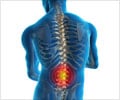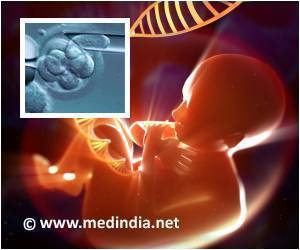Scientists have been able to home in on a molecule that could be delaying healing in spinal cord injuries.
A couple of years ago, Dr. Ana Martin-Villalba of the German Cancer Research Center already succeeded in reducing the effects of spinal cord injuries in mice. She was able to improve the animals' ability to move by neutralizing the signaling molecule CD95L. In her research work now published, Martin-Villalba and her team were studying the question of how CD95L exerts its harmful effect in injured nerve tissue.
So far, scientists had assumed that the CD95L molecule, which is also known as which is also known as 'death messenger', attaches to the death receptor, CD95, on the surface of neurons, thus triggering programmed cell death, or apoptosis, and further damaging injured nerve tissue. After the recent discoveries, this view needs to be revised.
Martin-Villalba's team observed in mice that after spinal cord injuries there is a prolonged inflammatory reaction in the surrounding tissue. Within 24 hours after an injury, large numbers of white blood cells migrate to the affected site in the spinal cord. These are primarily cells of what is called the innate immunity -- macrophages and neutrophils. Researchers found out that during the same time the amount of CD95L on the cell surface of white blood cells in the blood stream increases significantly -- apparently as a result of a still unidentified chemical signal sent out by the injured tissue.
In their latest study, Martin-Villalba's team has proven that the signaling molecule CD95L is responsible for the migration of immune cells to the injury site. When the investigators blocked the death messenger using specific agents, the migration came to an end. The researchers identified a previously unknown signaling pathway by which CD95L activates immune cells to become mobile and migrate from the blood stream into the injured spinal cord. This mobilization is not restricted to the inflammatory reaction in spinal cord injuries; in mice with severe peritonitis, the researchers also found CD95L mediated migration of immune cells into the affected tissue.
Advertisement
Source-Medindia
GPL









